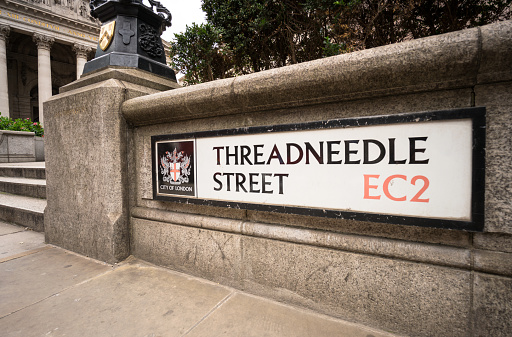BOE’s rate hike in August is almost fully priced in. The focus is, thus, on the monetary policy outlook. The upcoming increase of +25 bps is the second one in more than a decade. Although the pickup in growth in the second quarter has reinforced most policymakers’ view that the slowdown in the first quarter was driven by temporary factors, the overall macroeconomic environment remains vulnerable to downside risks and Brexit uncertainty lingers. We expect BOE to deliver a “dovish hike” this month, a tone similar to the one it adopted in November last year.
UK’s GDP growth picked up to +0.3% in May, from +0.2% a month, thanks to stronger retail sales amidst the royal wedding and warmer weather. Despite the apparent improvement in the monthly figure, GDP grew +0.2% in the three months to May, the same pace as the first three months of the year. According to the Office for National Statistics (ONS), “the first of our new rolling estimates of GDP shows a mixed picture of the UK economy with modest growth driven by the services sector, partly offset by falling construction and industrial output”. While the second quarter growth data is not really exciting, it probably offers enough evidence for the view that the first quarter slowdown was temporary. This helps justify the case of a rate hike in August.
The members voted 6-3 to keep the policy rate unchanged in June, compared with 7-2 in May. Although the market has priced in over 90% of rate hike in August, the members have largely refrained from revealing their stance. Deputy Governor Dave Ramsden in June noted that he was “more comfortable with the balance of risks”. Yet, he voted to keep the powder dry that month. Another Deputy Governor Ben Broadbent refused to disclose how he would vote in a forum last week.
An exception is Governor Mark Carney, who has turned more confident over the economic developments and more comfortable with a rate hike. In early July, he suggested that “excess supply in the economy [is] virtually used up”. He added that “the incoming data have given me greater confidence that the softness of UK activity in the first quarter was largely due to the weather, not the economic climate”. We do not expect the rate decision to be unanimous. If the intermeeting dataflow succeeds in persuading the majority of the Committee to vote for a rate hike in August, it would likely be a 5-4, or 6-3, split.
Another point of interest in the upcoming meeting is BOE’s introduction of the equilibrium, or neutral, interest rate. Theoretically, the rate represents the level of interest rates estimated by a central bank that would keep inflation and growth rates stable when the economy is running at full capacity. Publication of the neutral rate should help clarify BOE’s thinking on the appropriate level of longer term interest rate, although it has affirmed another rate hike would “be limited and gradual”.


 Signal2forex.com - Best Forex robots and signals
Signal2forex.com - Best Forex robots and signals




